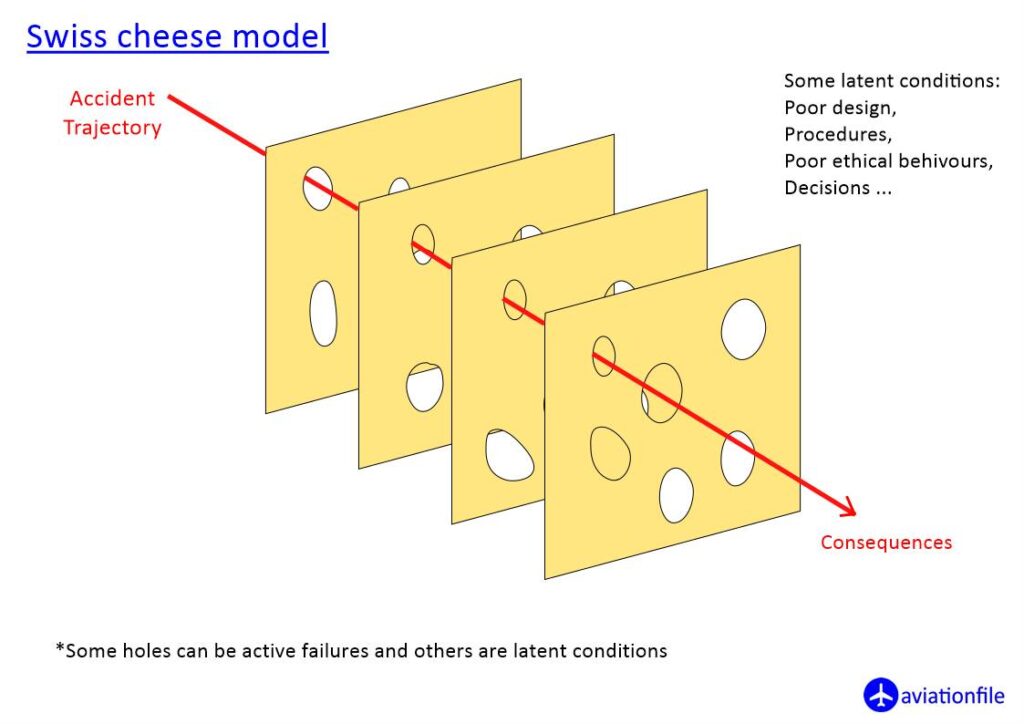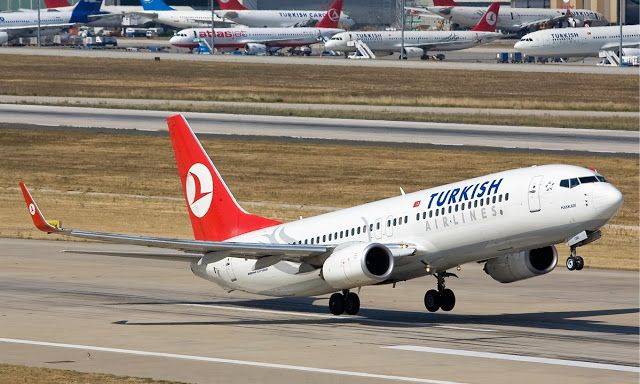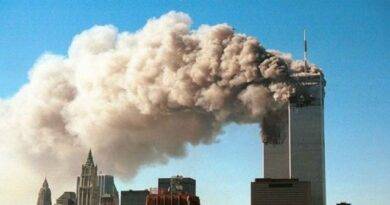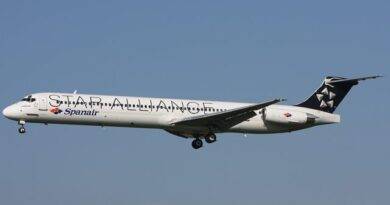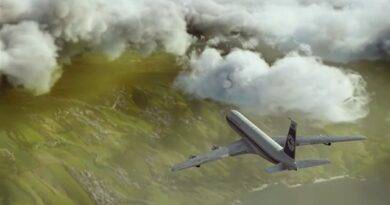Turkish Airlines Flight 5904 – 7 April 1999
Aviation history is unfortunately full of many tragic accidents. Let’s examine the accident of Turkish Airlines with flight number 5904 on April 7, 1999.
The flight was from Adana Sakirpasa Airport in Adana, Turkey to King Abdulaziz International Airport in Jeddah, Saudi Arabia. The flight code was TK5904/THY5904 belonging to Turkish Airlines. Registration of the aircraft was TC-JEP, type Boeing 737-4Q8. The plane was leased from ILFC rental company and was 3.8 years old when it crashed.
Before takeoff, the crew requested weather report from air traffic controller. The air traffic controller at Adana Incirlik Air Base relayed the weather report, informing the crew that the entire aerodrome was completely covered by thunderstorms. In addition, these thunderstorms were moving from the south towards the north.
Turkish Airlines 5904 – The Crash
At 00:44 EET, at an altitude of around 10,000 feet (3.0 km), the aircraft started to descend and crashed into a field about 30 nautical miles (56 km) east-northeast of the airport near Hamdilli village, in the vicinity of Ceyhan, Adana Province. The force of the impact created a 15 metres (49 ft) deep and 30 square metres (320 sq ft) large hole. The horizontal stabilizer of the aircraft was discovered approximately 250 metres (820 ft) away from the main wreckage. Moreover, it was spread over an area of around 500 square metres (5,400 sq ft). As a result, all six people on board lost their lives.
The crash resulted in a large explosion near Hamdili. After the aircraft vanished from radar, air traffic controllers at Adana Airport and Incirlik Air Base immediately notified the gendarmerie and the police to initiate search and rescue efforts.
Pilots: Captain Pilot Yusuf Kıvılcım Tuncer, 2nd Pilot Orhan Sami Bezcioğlu
Cabin Supervisor: Hatice Mısırlıoğlu,
Hostesses: Nida Güler, Gönül Topal, Deniz Deseden
TK5904 – Final Report
The final report concluded that:
Severe thunderstorms probably contributed to the accident.
The pitot static anti-ice system was probably not activated during preparations for flight.
The crew failed to recognize the cause of erratic airspeed indication.
The crew failed to use other cockpit indications for control and recovery of the airplane.
The presence of cabin crew in the cockpit probably distracted the cockpit crew.
Therefore, airplane crashes do not always happen for a single reason. In general, incidents in aviation sometimes occur as a result of many different reasons. In this regard, the model known as the “Swiss Cheese Model” developed by Prof.Dr. James Reason can be a guiding model in analyzing the causes of complex events.
